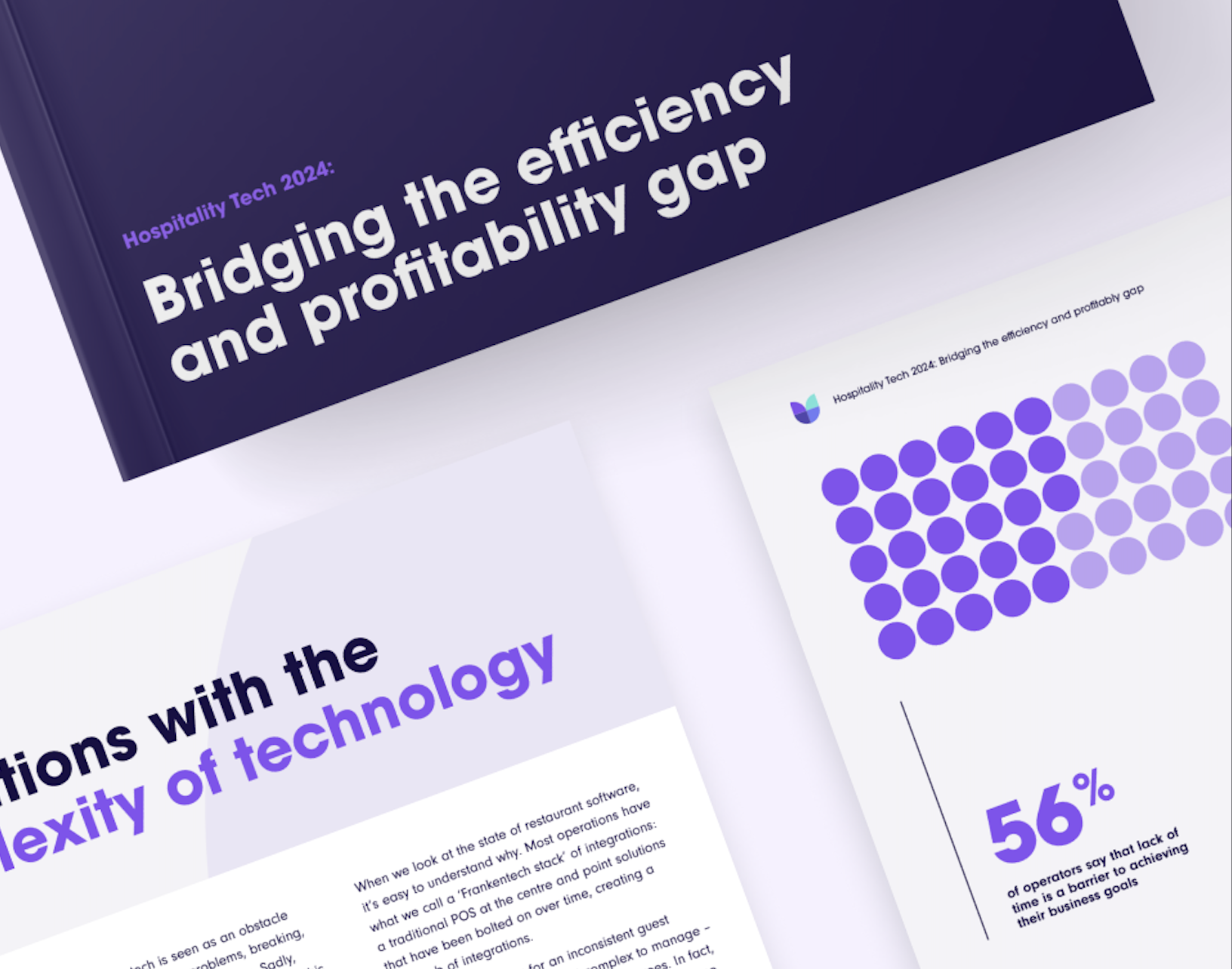Join us for a look ahead at the coffee shop trends we expect to see in 2024…
2023 has steamed past, and with it, the coffee shop industry has continued to evolve and adapt.
The last year was one of overcoming challenges and embracing innovation. 2024 is all about refinement and strategic advancement for coffee shop operators.
The coffee industry itself continues to show strong growth this year, and is expected to increase by almost USD $40 billion worldwide over the next 12 months.
While global chains like Starbucks continue to grow, speciality coffee shops – providing new and innovative menu options such as cold brews or nitro coffees – are driving the bulk of this growth. As consumer preferences change, coffee shops need to align themselves with values like sustainability and increasing demand for new coffee varieties, new technology and flexible ways of ordering.
As we head into 2024, let’s explore the key trends that will shape the coffee shop industry:
1. Evolving loyalty schemes
Loyalty schemes remain crucial, but 2024 is about taking them to the next level with more personalisation and consistency across multiple channels.
Digital solutions are still key – allowing customers to accumulate rewards seamlessly whether they order in-store or online – but increasingly, brands are also turning to their community to power up their loyalty schemes.
Making customers feel part of something exclusive (and encouraging them to bring their friends along) is the ultimate in personalised experience, and this approach is filtering down from luxury brands and into the coffee shop trade.
Customers should be able to build towards a reward in the same points ecosystem no matter how they order. Move away from offering separate loyalty schemes instore and online, and instead provide a unified, digital loyalty experience across all.
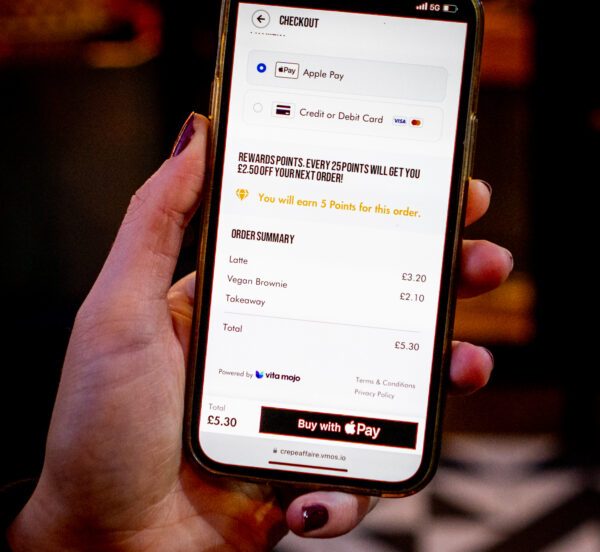
2. The continuing rise of coffee subscriptions
The success story of coffee subscriptions is set to continue, showing that the demand for a personalised, customisable coffee experience is growing. Pret a Manger’s renowned subscription service is going from strength to strength, with the high-street brand crediting the subscription for its financial growth last year.
Millennial and Gen Z consumers in particular, are demanding an enhanced personal experience but also better visibility across the supply chain – a demand which, as you’ll see, is impacting almost every aspect of the coffee industry.
3. Tech integration and simplification
A streamlined tech stack is more important than ever for coffee shop brands. We partnered with KAM to research how coffee shop and QSR operators feel about the tech they’re using in our report Hospitality Tech 2024. We discovered that more than one in three operators have found relying on multiple tech providers is an inefficient way to operate.
Integrated ‘order-centric’ systems streamline the order-taking and fulfilment process into a single system from one provider, reducing the complexity of managing separate solutions for POS, loyalty programs, and ordering platforms.
Beyond making order management easier and more efficient, streamlining tech helps you provide a consistent customer service no matter how they choose to order; in-person, online through an owned or third-party app, or at a kiosk… all should help support your brand and reduce friction for the customer.
Get the full story for 2024...
Download our new industry research report ‘Hospitality Tech 2024’ for more data insights straight from coffee shop operators.
- Exclusive stats revealing the most important tech trends for growth.
- Quotes from operators and other leading industry experts.
4. Rising demand for “The Next Big Thing”
Speciality coffee is expected to continue drawing consumers who appreciate the attention to detail and are willing to pay a premium.
Meanwhile, some operators are also realising new revenue streams by introducing coffee-flavoured products like ice cream and chocolate bars. These creative offerings can attract a wider range of customers throughout the day, not just for their morning coffee.
Think about how these upgrades or add-ons can be presented to your guests – especially on digital order channels – in non-intrusive ways. The more organic the suggestion is during the buying experience, the more likely it is that they’ll take up these speciality items that can boost revenue.

5. Building an app that works for your brand
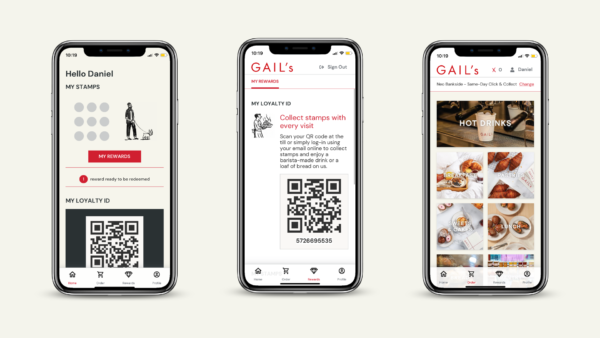
Streamlined loyalty scheme apps are becoming increasingly popular within the coffee market.
High-street artisan bakery GAIL’s made headlines last year with the release of its new customer loyalty app, which combines instore and digital point earning into a single loyalty scheme that lives on its mobile app. The app’s success reflects the industry’s move towards more streamlined processes and the importance of ensuring these digital channels reflect your brand’s unique character. This was especially significant for GAIL’s, with the team dedicated to balancing the brand’s iconic artisan character with a new digital space.
It was quite challenging to have to go back and forth between our idealised version of what it would look like, and then consider what we could actually build. We made a few compromises, but ended up with this really beautiful product.”
6. Staff retention over recruitment
While the labour crisis of previous years has eased, the focus has shifted to retaining quality staff. Innovative training programs and a supportive work environment are key strategies being adopted by coffee shop operators in 2024. Of course, the key factor in retention is wage levels. According to research from BlackBox, 92% of operators surveyed say that increasing wages for non-management employees has a significant effect on turnover.
And creating a positive working culture where you really listen to your staff should be at the heart of your retention strategy, too. This sentiment was backed up by Edyta Stec – Director of Operations at GAIL’s Bakery during last year’s lunch! trade show.
“Being interested in what our team is thinking about is so important. Asking your team constantly what they think, how can we be better for them, and what they want to achieve in the business.”
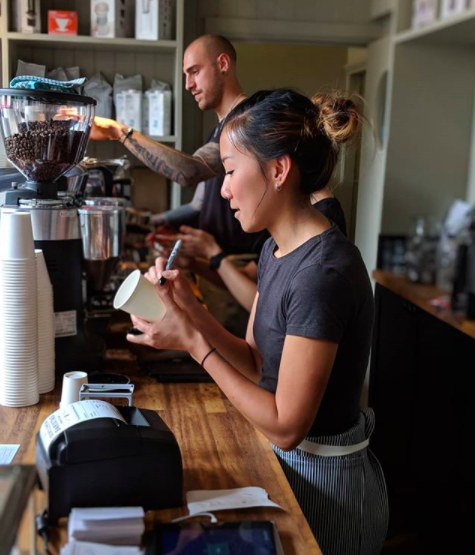
7. Balancing tech with the human touch
As technology becomes more integrated into coffee shop operations, maintaining the unique brand experience is crucial. LEON, for example, has worked hard to ensure that digital ordering systems enhance rather than detract from the customer experience. The goal is to provide a seamless, efficient service while retaining the brand’s distinctive charm and warmth.
“When you walk into a LEON, you should have an experience that’s full of sunshine,” said Mariam French Marketing Director at LEON.
“Before the introduction of digital ordering, you’d get that instant warmth. Now with guests going to the kiosks, how do we give that big warm welcome?
What we’ve had to do is just shift our thinking a little bit. Does the digital ordering look and feel vibrant? So that sunshine is coming across with the imagery, the colours, the food, does it still look delicious?
And the next bit was taking our team on a journey: when you’re handing over the food, that’s the opportunity to have that connection. You make eye contact, you have a little chat, call them by their name if it feels appropriate.”
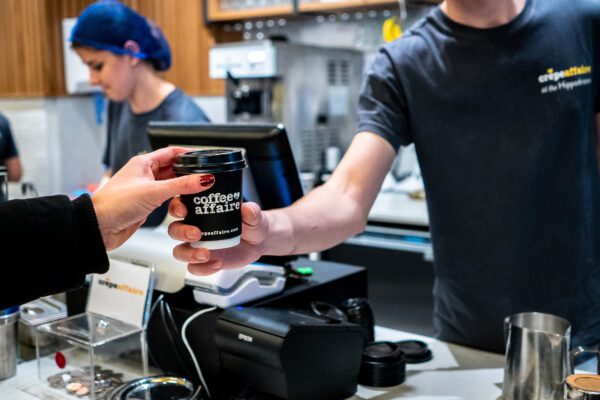
8. Revamping the menu
With changing consumer preferences, menu engineering remains vital. The emphasis is on optimising menus for profitability while responding to consumer trends and demands, such as the growing interest in health-conscious and plant-based options.
In fact, while price increases may be inevitable in 2024, a recent poll from the GCA showed that this can be absorbed by catering to millennial customers’ preferences – around 64% of millennial buyers say they would pay extra for higher-quality drinks.
As the coffee shop industry approaches 2024, these trends underscore the importance of innovation, customer experience, and strategic adaptation.
For more insights and personalised consultation, book a tailored discovery session into how you can simplify your coffee operation with one of our tech experts, helping you brew success in the new year and beyond.
Speak to a member of the team
Talk to the Vita Mojo team today and see how our technology can elevate your brand, drive sales performance and increase efficiency across your business. Just leave a few details and we’ll get back to you as soon as possible.

